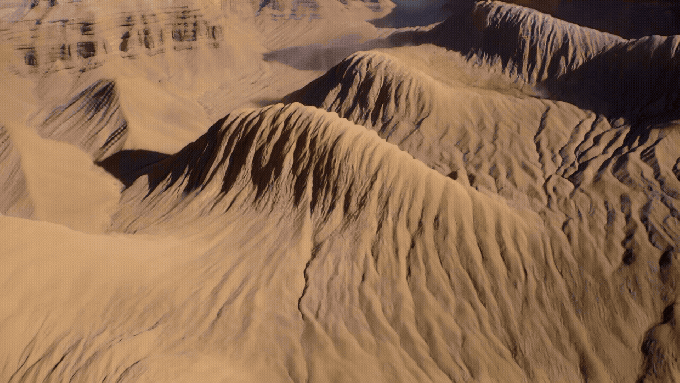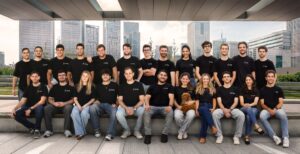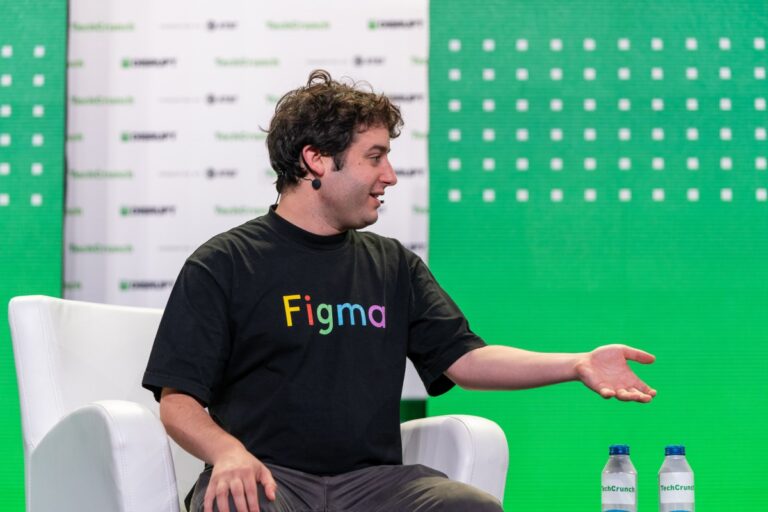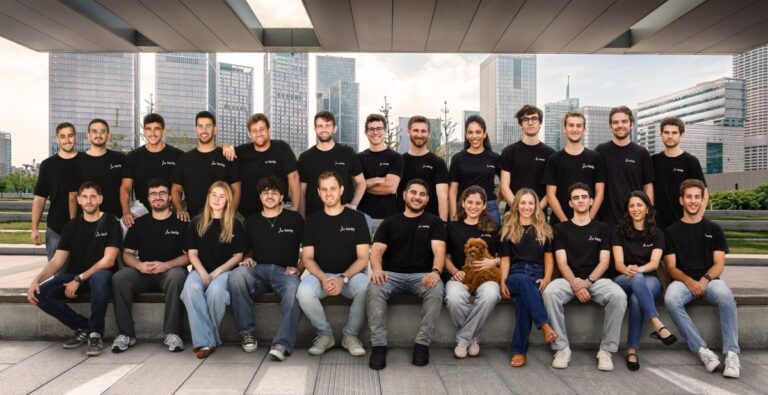The team at Moonvalley, a Los Angeles-based AI video generation startup, doesn’t think you can prompt your way to making a movie. That’s why the company on Tuesday opened up its “3D-aware” model to the public, promising a “hybrid” approach that gives filmmakers more control than other standard text-to-video models.
Moonvalley first launched its model, named Marey, in beta in March, and has now released it as a monthly credits-based subscription. Users can pay $14.99 for 100 credits, $34.99 for 250 credits, and $149.99 for 1,000 credits. Users can generate clips up to five seconds long, which is in line with industry standards for publicly available video generation models.
The startup, co-founded by former DeepMind researchers who worked on Google’s own video generation model, claims Marey is one of the few models trained entirely on openly licensed data. That fits neatly with Moonvalley’s target customers: filmmakers who want to avoid future lawsuits over AI-generated content that might resemble copyrighted material.
For independent filmmaker Ángel Manuel Soto, Marey’s biggest selling point is that it democratizes access to the top AI storytelling tools, especially for people who have long felt shut out of traditional filmmaking. Growing up in Puerto Rico, Soto said you’d first need to scrape together hundreds or thousands of dollars just to rent cameras to make a film.
“Back home, we needed to ask for permission to tell our stories,” he said. “AI gives you the ability to do it on your own terms without having to say no to your dreams because someone refused to finance it, because they didn’t think a story from your country could return a profit.”
Now, Soto says, Marey has helped him cut production costs by 20% to 40% and work more freely.
Soto previously worked with Moonvalley’s studio, Asteria, on the HBO docuseries, “Menudo: Forever Young.” Asteria, also known as XTR, was acquired this year by Moonvalley, according to Hemant Taneja, CEO of General Catalyst. (GC was a major shareholder in Asteria, and invested more money into the combined entity.)
Marey’s ‘hybrid filmmaking’ approach

Moonvalley CEO and co-founder Naeem Talukdar demonstrated for TechCrunch how Marey could be used in pre- and post-production, be it for testing scenes before shooting or adjusting camera angles after the fact, and how it can control objects, characters, motion, and scene composition.
Talukdar told TechCrunch that Marey has an understanding of the physical world that could translate to more interactive storytelling as the tech develops. Right now, that sort of understanding — which Marey shares with other models like Google’s Veo 3 and OpenAI’s still-private Sora — allows Marey to do things like mimic motion while still respecting the laws of physics.
For example, a video of a bison sprinting through grasslands can be translated into a Cadillac racing through the same environment, with the grass and dirt responding to the car’s movement. Or, Marey can superimpose a character that looks like George Washington onto an actor, translating everything from the actor’s facial movements to the muscles in his forearms as he gesticulates.
Perhaps more unique is Marey’s support for free camera motion. Talukdar showed off how it lets you shift the camera trajectory with your mouse: he integrated a pan and slide zoom to a video of a woman on a train in the Rockies by simply dragging his cursor. He also noted that Marey could achieve near-360-degree camera motion, and obey instructions to create footage as if it was shot from a handheld camera or dolly.
Marey can also change the background of videos, allowing filmmakers to start with source footage to build the scene they want. Talukdar played a video of a man riding a motorcycle on a suburban road, which then evolved to the same man, sans helmet, riding a slightly different bike on a country highway.
Moonvalley’s plan over the next few months is to roll out new controls like lighting, deep object trajectories, and character libraries, said Talukdar.
Marey’s public release puts it in direct rivalry with a growing field of AI video generators – models like Runway Gen-3, Luma Dream Machine, Pika, and Haiper.
Additional reporting by Marina Temkin.














